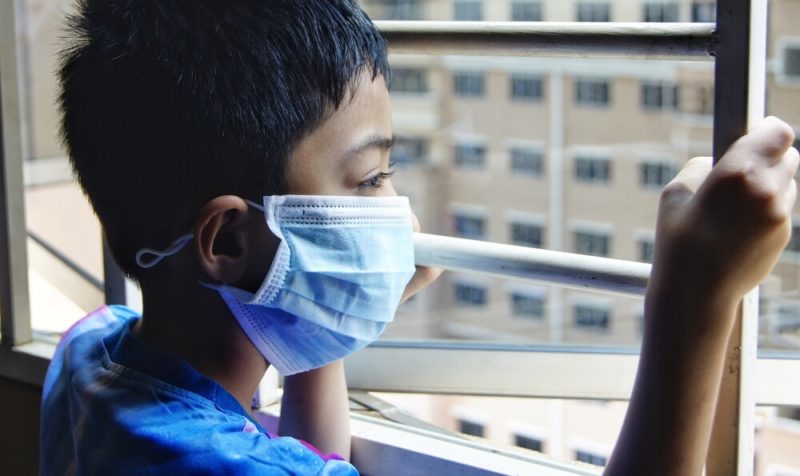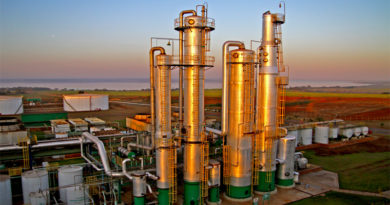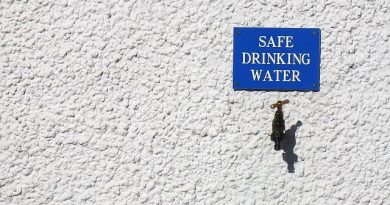90% of World’s Children are Breathing Toxic Air Everyday: WHO

Toxic polluted air is having a calamitous impact on billions of children around the world. Every day around 93% of the world’s children under the age of 15 years (1.8 billion children) breathe air that is so polluted it puts their health and development at serious risk, leading to hundreds of thousands of deaths, according to a new report from the World Health Organization.
The report, Air pollution and child health: Prescribing clean air examines the heavy toll of both ambient (outside) and household air pollution on the health of the world’s children, particularly in low- and middle-income countries. The report launch coincided with the start of WHO’s first ever Global Conference on Air Pollution and Health.
The findings revealed that when a pregnant woman is exposed to polluted air, she is more likely to give birth prematurely, and have small, low birth-weight children. According to medical experts in almost every field of children’s health, air pollution impacts neurodevelopment and cognitive ability of a child and can trigger asthma, and childhood cancer. Children who have been exposed to high levels of air pollution may be at greater risk for chronic diseases such as cardiovascular disease later in life.
Dr Tedros Adhanom, WHO director general, said, “Polluted air is poisoning millions of children and ruining their lives. This is inexcusable – every child should be able to breathe clean air so they can grow and fulfil their potential.”
More than 90% of the world’s children breathe toxic air every day
The study found that children are particularly vulnerable to air pollution because pollutants are often more concentrated nearer to ground level. It added that their developing organs and nervous system are also more susceptible to long-term damage than those of adults.
“Air Pollution is stunting our children’s brains, affecting their health in more ways than we suspected. But there are many straight-forward ways to reduce emissions of dangerous pollutants ,” said Dr Maria Neira, Director, Department of Public Health, Environmental and Social Determinants of Health at WHO. “WHO is supporting implementation of health-wise policy measures like accelerating the switch to clean cooking and heating fuels and technologies, promoting the use of cleaner transport, energy-efficient housing and urban planning. We are preparing the ground for low emission power generation, cleaner, safer industrial technologies and better municipal waste management, ” she added.
The study found that 600,000 children die from acute lower respiratory infections caused by dirty air and 93% are exposed to one of the most damaging pollutants – PM2.5. In poorer countries, 98% of all children under five are exposed to PM2.5 above WHO guidelines, compared to 52% of children in high-income countries.
The deaths of children under 15 years of age were attributed to the joint effects of ambient and household air pollution in 2016. Together, household air pollution from cooking and ambient (outside) air pollution cause more than 50% of acute lower respiratory infections in children under 5 years of age in low- and middle-income countries.
In India the study found that polluted air inside households, generated from burning fossil fuels for cooking, lighting and heating contributed to the deaths of about 67,000 children below the age of five in 2016. Whereas, outdoor air pollution, specifically PM2.5, caused by vehicular and industrial emissions and a host of other factors, accounted for nearly 61,000 deaths in the same year.
“In India, nearly 65 per cent of homes still use biomass fuel for cooking and there are studies that show a positive association between household air pollution and problems among children,” said Sundeep Salvi, chair of the Chronic Respiratory Diseases group for Global Burden of Diseases (India).
The report described household air pollution as “the single largest environmental health risk factor worldwide”.




